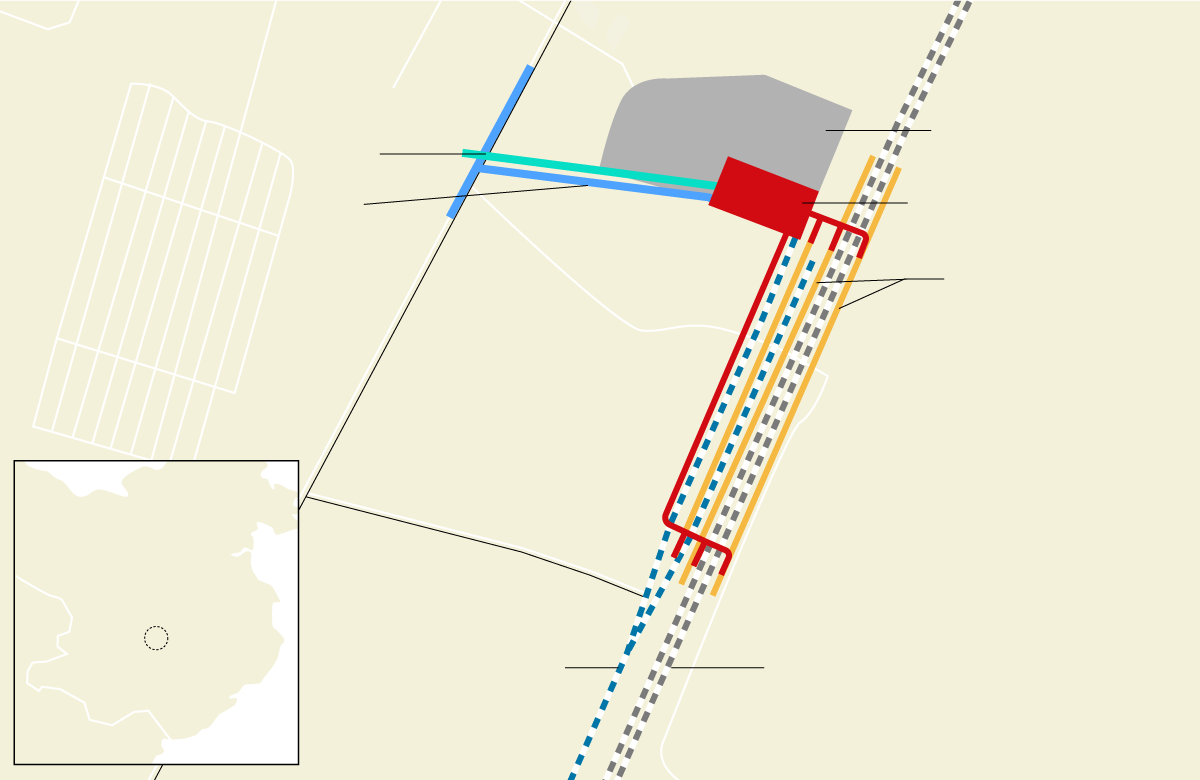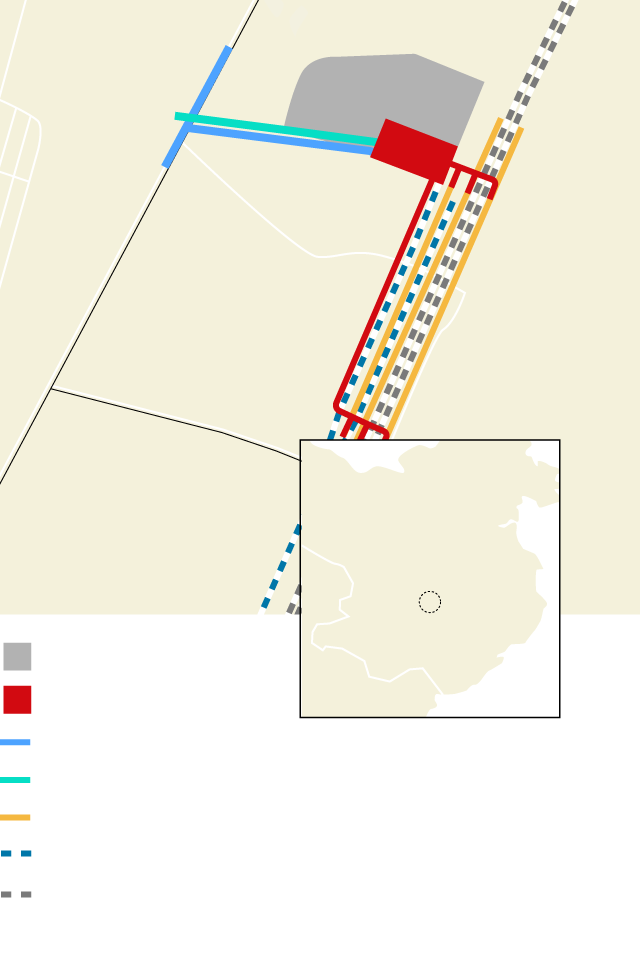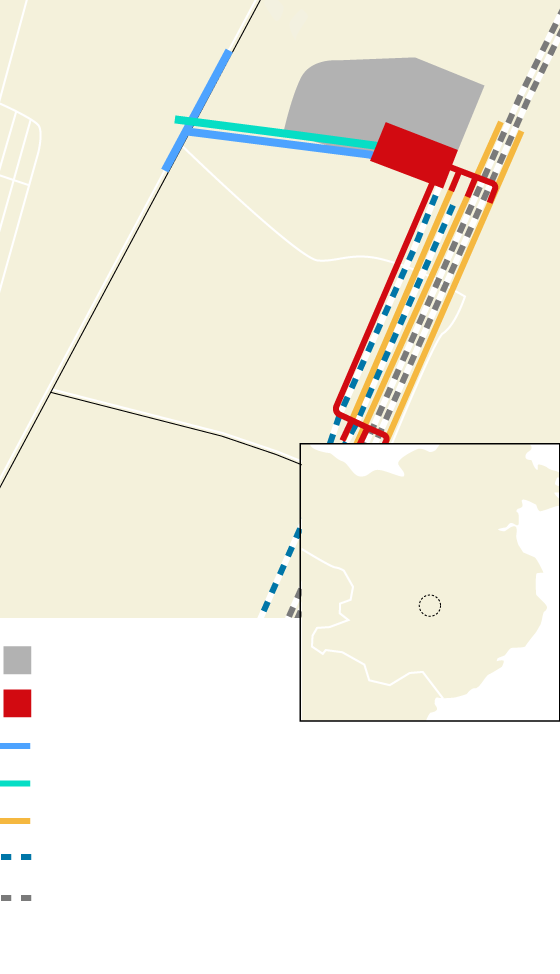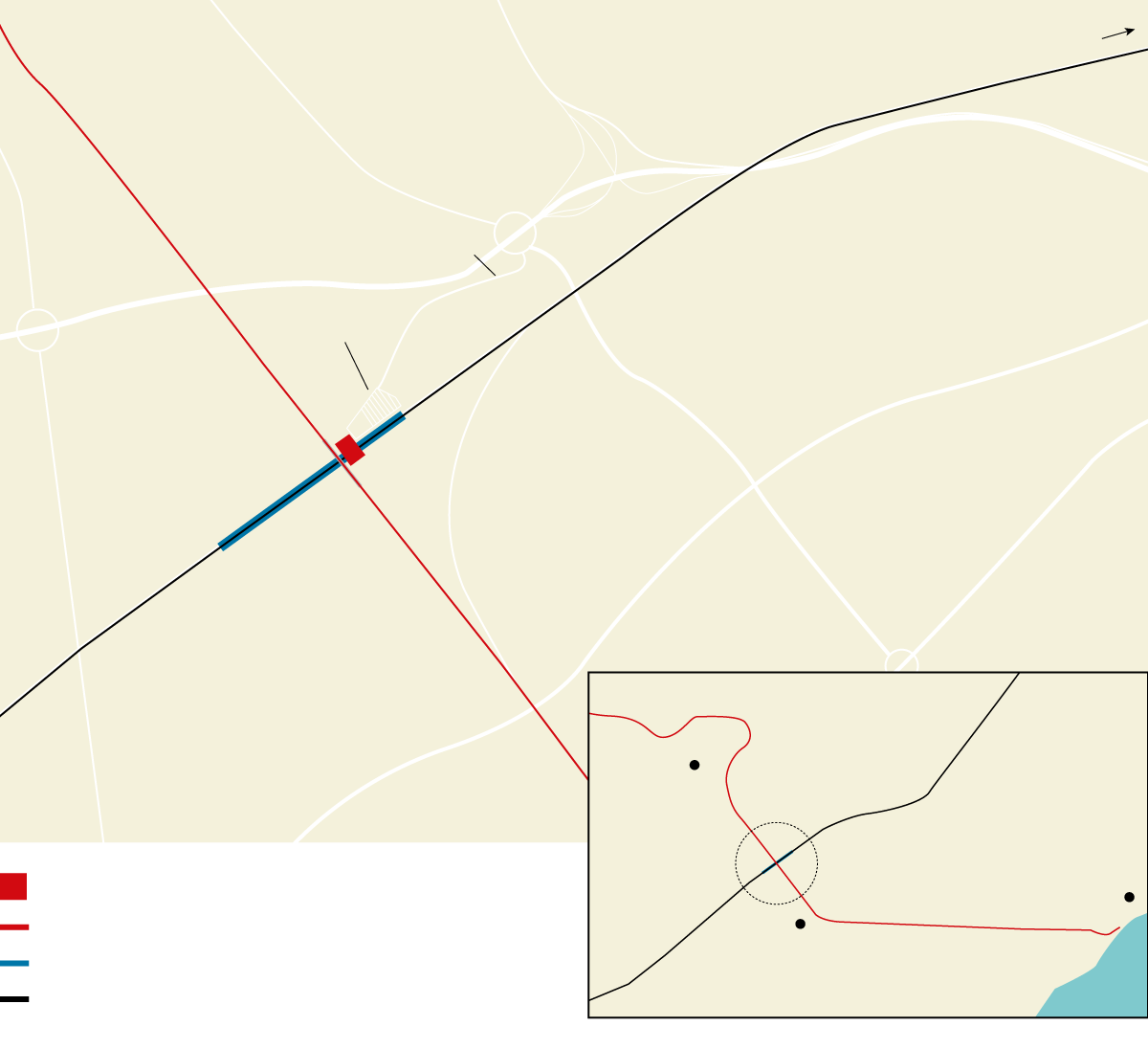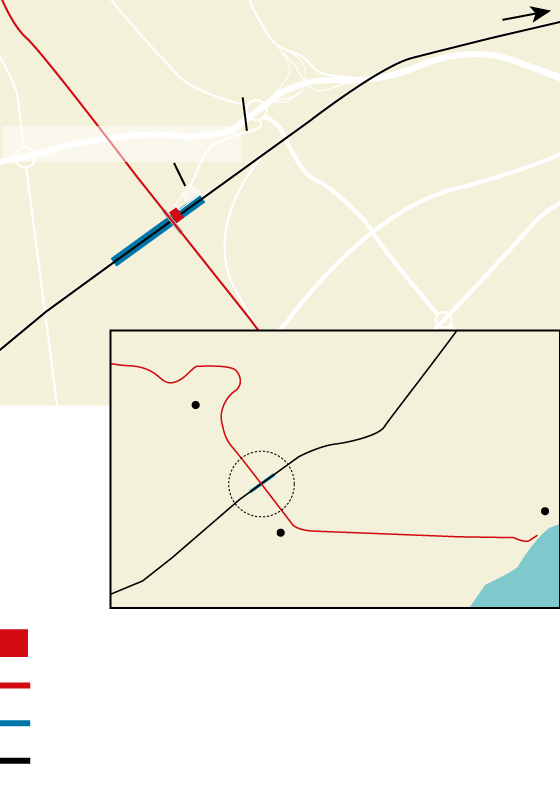How will the arrival of the AVE (High Speed Train) to Girona and Reus airports compare with the expansion of El Prat Airport?
These infrastructures have been waiting for rail connections for some time to improve communication and continue attracting passengers.

Girona / Reus / BarcelonaNow that you're done There is a new expansion project on the tableThe future of El Prat Airport is once again at the center of debate. But in Catalonia, there are also other airports that want to take advantage of this new era to grow. Both Girona and Reus have long hoped to develop rail connections as a lever for development so as not to fall behind the growth prospects of El Prat Airport, which has been setting records for years and surpassed 55 million passengers last year. The investment package planned by the Spanish government for the coming years aims to move in this direction, with new stations that better connect the airports and attract more passengers.
Despite being much smaller than the airport in the Catalan capital, with a single runway and a fairly limited range of destinations, Girona-Costa Brava Airport handled nearly two million passengers in 2024. "The expansion of Barcelona Airport [...] will generate new opportunities for diversification and growth, which will add to the airport's performance," says Vicent Pallarès, director of the Girona airport. From the business and tourism world, the project is viewed favorably. "Girona and Barcelona airports are not competitors; we must understand this from a global perspective of the Catalan airport system. The new AVE station at Girona Airport will allow anyone arriving in Barcelona to be in Girona in just a few minutes—or vice versa—and that is fundamental," explains Jaume Fàbrega, president of the Chamber of Commerce.
There are also no voices from the Tarragona economic sector opposing the expansion of Barcelona Airport. Reus Airport's manager, Juan Crespo, also believes that the expansion of El Prat "will be positive" for this infrastructure. "Having one hub international airport 100 kilometers away; it will be a focus of attention for our airport," he says. Along the same lines, the Chamber of Commerce believes that the expansion of El Prat "opens a window of opportunity for the consolidation and growth of Reus airport" because it can lead to a redistribution of air traffic, according to statements collected by the Chamber of Commerce. Tarragona newspaper.
Girona Airport, closer to Barcelona
Last February, the Ministry of Transport, with the approval of the Generalitat (Catalan Government), definitively approved the information study for the new high-speed station, which is still underway pending further public hearings. The goal is to connect to the Barcelona-France line, which passes just 600 meters from this airport.
Girona Airport is located in the municipality of Vilobí de Onyar, 15 km south of Girona. The new station would therefore allow access to the Catalan capital even faster than the trains that currently depart from Girona city, which take 38 minutes.
The infrastructure, with an estimated cost of €126 million, would include a station, two 400-meter platforms for heavy goods traffic, and a third 220-meter platform for shuttle trains that would serve passengers to and from Barcelona. According to the study, the new station could attract approximately 3.1 million passengers annually, mainly from the municipalities in the region—which, in general, support the project—and from the interchange with the airport.
Reus Airport, without consensus
The Camp de Tarragona region has long awaited a train station connecting the conventional line arriving from Aragon (Miraflores-Reus-Tarragona) with the commuter rail services RT1, R14, R15, and R16 (which connect the Ebro River, Tarragona, and Lleida with Barcelona). This new station will also have a stop on the Mediterranean Corridor and, in the future, a tram stop serving the Camp de Tarragona region. But it must overcome a significant obstacle: the division of the mayors.
The new station is planned for the municipality of Vila-seca, at the point where these train tracks intersect. The location, according to the Ministry of Transport's project, allows for good connections to the T-11, C-14, AP-7, and A-7 highways and could easily be connected to Reus Airport via shuttle buses. It is also within easy reach of Salou, a destination for many tourists, and Tarragona. However, one of the most important stakeholders, Tarragona City Council, is strongly opposed to this location. In an interview with ACN, the mayor of Tarragona, Rubén Viñuales, warned: "I wouldn't like it to look like they're building it there—between Reus and Vila-seca—because it's cheap and easy to do. Our reports from external engineers tell us that Tarragona could even lose the trains coming from Valencia, which would stop passing through the city." The mayor concluded: "If they tell me I'm going to lose more trains, I don't want it." From the southern capital, they remind us that it was a mistake to build the AVE station outside the city and they don't want it to happen again. They propose that the intermodal station be built in l'Horta Gran, next to the Francolí River. This is an area that would allow Tarragona residents to catch the train without having to use private transport and is well connected to the rest of the region.
The statements made by the mayor of Tarragona, who has lodged objections to the project, led Vila-seca to leave the Tarragona Metropolitan Area Promotion Group, an organization seeking unity to unite this part of the country. The mayor of Reus, Sandra Guaita, a Socialist like Viñuales, also came out in defense of Vila-seca's location, and, as if that weren't complicated enough, the mayor of Salou, Pere Granados, wanted to take advantage of the reopening of the debate and asserted that the planned location would be "a serious historical error." Granados, however, also does not defend Viñuales's location, but instead proposes reinstating the 2001 proposal, which placed the central station next to Reus Airport, in its southern part.
Away from the political debate, Miquel Virgili, a researcher at the Reus School of Architecture (URV), believes that the Vila-seca location would be a mistake and argues that a station "should be central." He acknowledges that the Tarragona proposal "is more expensive" and would involve redeveloping a new project, meaning it would take several more years, but defends it as the best option: "At least we would have a station for the next 30 or 40 years." Meanwhile, on July 1, the Ministry of Transport sent the project's informative study to the Ministry of Ecological Transition, which must decide whether or not to grant the environmental impact statement. When this process is resolved, the responses to the various objections will also be made public, according to sources at the ministry who assume the location is Vila-seca. However, Virgili recalls that "only two years ago, the location they were defending was that of Reus Airport."
